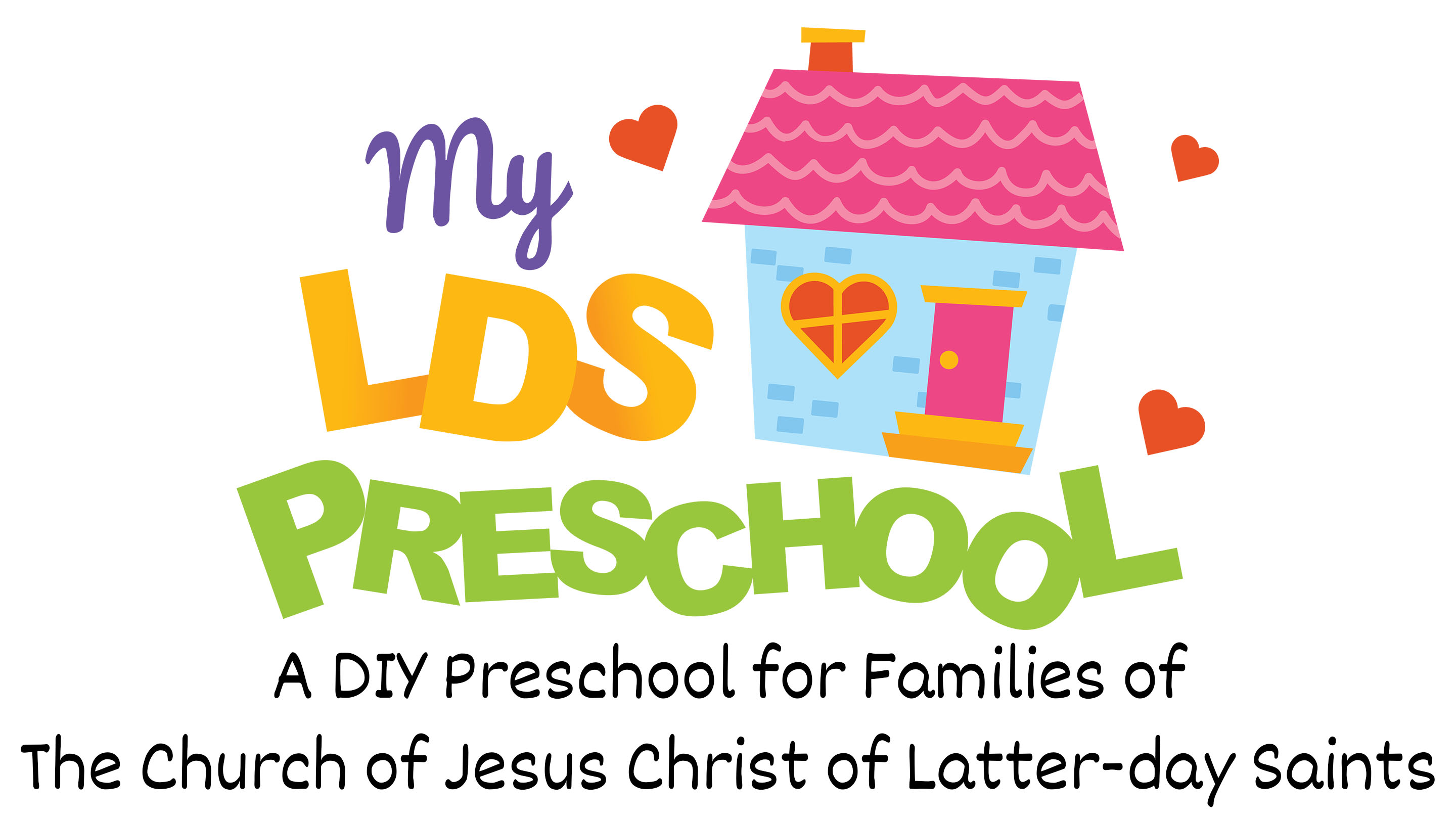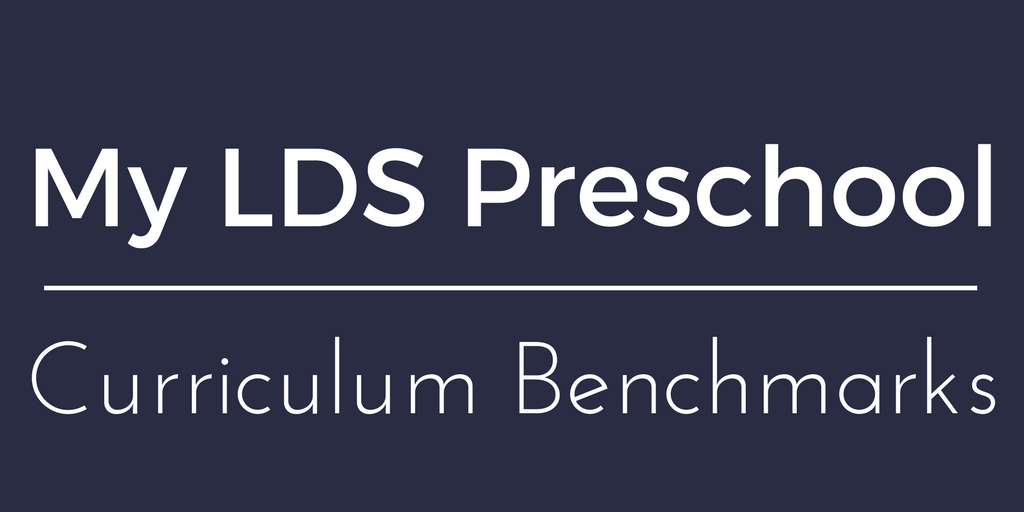Perhaps you would like to know what the specific benchmarks are for our curriculum?
Our curriculum is described below and will give you a more detailed understanding than what you may find in our free, first week introductory lesson download.
My LDS Preschool
Ages 3 – 5
My LDS Preschool is a complete curriculum promoting learning and development in each of the following areas: spiritual, social, emotional, physical, language, and cognitive.
Our curriculum focuses on semi-weekly lessons that tie in a letter of the week with a spiritual concept, scripture story, and suggested children’s literature stories.
Week 15
Letter of the week: N is for Nephi, Concept: Obedience, Scripture Story: Nephi and the Brass Plates, Children’s Literature Book: Don’t Let the Pigeon Drive the Bus by Mo Willems.
Each semi-weekly lesson is further augmented with welcome activities that focus on building fine motor skills, opening circle time, movement activities that encouraging gross motor development, letter writing practice, snack suggestions, art projects, math activities, speech development, free play ideas that incorporating science, and a closing circle time.
The curriculum is organized into 28 weeks of lesson plans scheduled as a 2-day per week, 3 hours per day class, for a total of 56 lessons plus holiday weeks. The lesson plans are simple to understand and ready to teach. The lessons are easily adapted to fit whatever schedule works best for you and your child such as breaking lessons up into shorter 5 day/week sections.
My LDS Preschool Learning Benchmarks:
- Match one-to-one up to 5, 10, 20, 50 objects
- Verbally count to 5, 10, 20, 50, 100
- Say an object’s position in a line using ordinal numbers
- Identify written numerals
- Connect numerals to quantities they represent
- Write numerals up to 10
- Recognize the concept of zero meaning none
- Identify and describe shapes such as circles, rectangles, squares, and triangles
- Sort objects by color, size, and type
- Imitate pattern sounds and physical movements such as clap, stomp, clap, stomp
- Identify and describe a pattern
- Duplicate and extend a pattern
- Begin to use words that indicate where things are in space (beside, below, behind, above)
- Describe similarities and differences between objects
- Compare length of two objects using big/small, long/short
- Represent data using a simple graph
- Participate in imaginary and dramatic play
- Take turns
- Demonstrate a desire for independence
- Follow routines
- Participate in clean-up routines
- Treat property with respect
- Name emotions displayed by others
- Use fingers for fine motor skills to open and close objects, hold crayons, cut with scissors, etc.
- Use index finger to trace letters or numbers
- Move fingers to show numbers and for finger plays
- Use large muscle groups to maintain posture and mobility in walking, running, hopping, jumping, etc.
- Identify similarities and differences in sounds
- Listen to sounds and name objects that make that sound
- Tell whether two spoken words rhyme
- Produce a word that rhymes with a given word
- Listen to songs, poems, or nursery rhymes
- Break spoken sentences into words
- Break words into syllables
- Begin to create and invent words by substituting one sound for another
- Break words into two parts: onset and rime
- Name words that start with the same sound
- Identify the first sound in a spoken word
- Recognize and name letters in own first name
- Point to and name all 26 capital and lowercase letters and corresponding sounds
- Match capital and lowercase letters
- Distinguish print from pictures
- Understand print can be read and has meaning
- Imitate reading behaviors when handling books
- Begin to understand that print runs from left to right and top to bottom
- Turn pages in a book from front to back, one at a time
- Recognize own name in print
- Listen to stories for enjoyment
- Demonstrate active listening by attending to stories and instructions
- Make a prediction about a book by looking at pictures
- Identify the main character in a story
- Explain how a story connects to personal experience
- Retell a story with pictures and/or re-enact a story
- Learn words linked to content being taught
- Ask and respond to simple questions: Who? What? When? Where?
- Listen to and follow 3-step directions
- Communicate thoughts and feelings with words
- Share drawings and writings with others
- Trace and write letters
- Attempt to use a variety of forms of writing such as lists, messages, or stories using scribbles, shapes, pictures, and letters
- Describe observations
- Explore by manipulating materials with simple equipment (pouring from a cup, using a spoon to pick up water, etc.)

